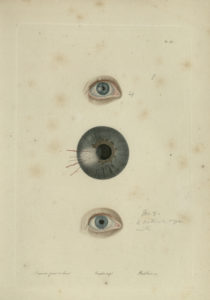On September 7, 1918, 300 sailors arrived in Philadelphia from Boston, where, two weeks earlier, soldiers and sailors began to be hospitalized with a disease characterized as pneumonia, meningitis, or influenza. The sailors were stationed at the Philadelphia Naval Yard.
On September 11, 19 sailors reported to sickbay with symptoms of “influenza.” By September 15, more than 600 servicemen required hospitalization.
Physicians and other public health workers in Philadelphia first met on September 18 with city officials to discuss what they perceived as a growing threat. Public health officials demanded that the city be quarantined – all public spaces, including schools, churches, parks, any place people could congregate, should be closed. City officials did not want to create panic. They were more concerned that local support for President Wilson’s efforts in World War I should not be disturbed. Anything that would damage morale – or the city’s ability to raise the millions in Liberty Loans required by federal quota – was unacceptable.
The Board of Health declared influenza a reportable disease on September 21, which required physicians to report any cases they treated to health officials. The Board advised residents to stay warm and keep their feet dry and their bowels open. The Board also suggested that people avoid crowds.
Read more

